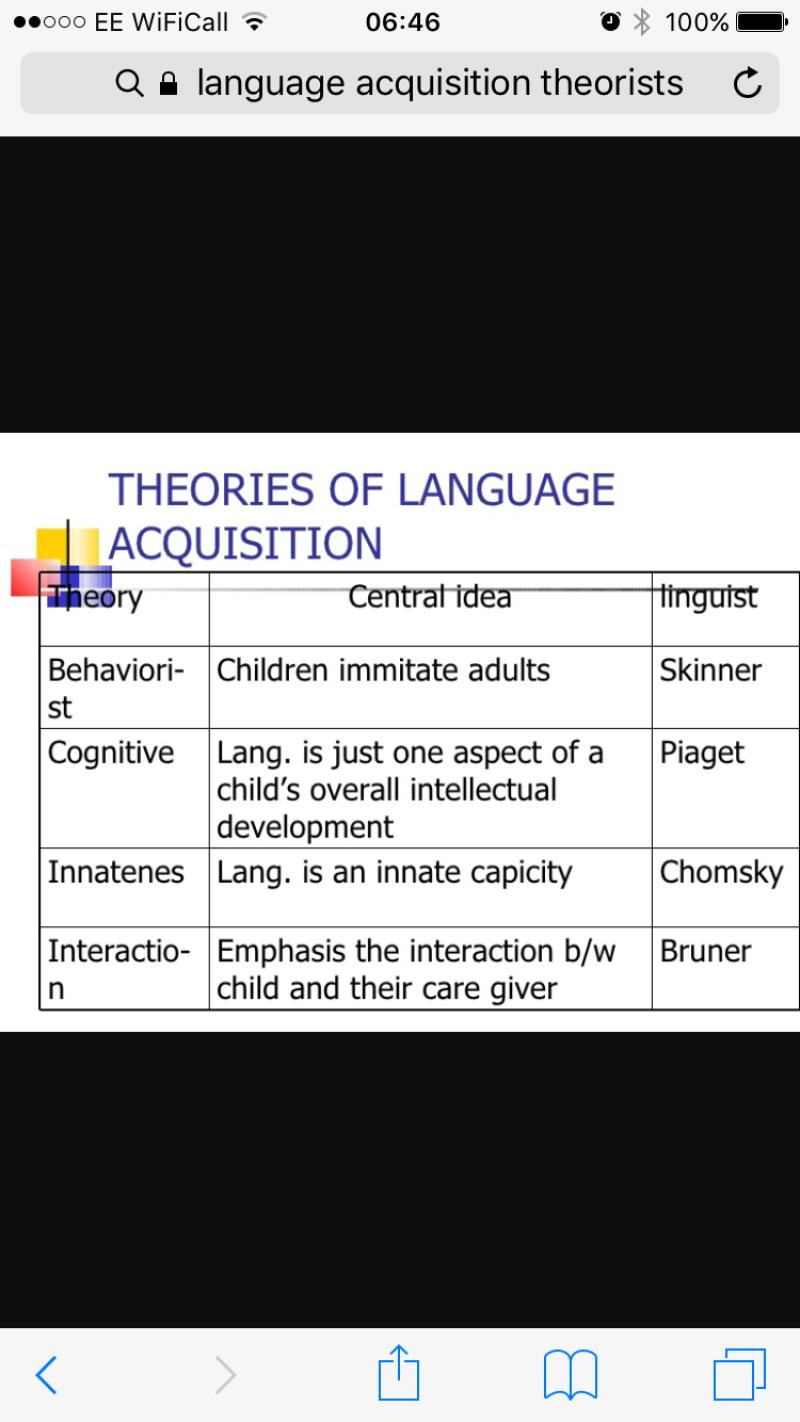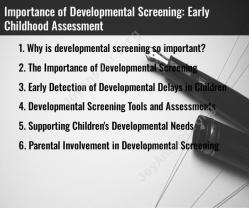What are the major theories of language development?
There are several major theories of language development, each offering a different perspective on how humans acquire language. Here are some of the prominent theories:
Behaviorist Theory:
- Key Figure: B.F. Skinner
- Main Idea: Language acquisition is a result of conditioning, reinforcement, and imitation. Children learn language through exposure to models and reinforcement of correct language use.
Nativist Theory:
- Key Figure: Noam Chomsky
- Main Idea: Language is an innate capability that humans are born with. Chomsky proposed the existence of a "universal grammar" that is hardwired in the human brain, allowing children to rapidly acquire language.
Interactionist Theory:
- Key Figures: Jerome Bruner, Lev Vygotsky
- Main Idea: Language development is influenced by both biological factors and the child's social environment. Social interaction plays a crucial role in language acquisition, and language develops through a combination of innate abilities and exposure to linguistic input.
Cognitive Theory:
- Key Figure: Jean Piaget
- Main Idea: Language development is closely tied to cognitive development. Piaget argued that cognitive abilities must reach a certain level before language can fully develop. Children construct knowledge about their world, and language is a tool for expressing these cognitive structures.
Social Learning Theory:
- Key Figure: Albert Bandura
- Main Idea: Language is acquired through a process of observational learning and imitation. Bandura emphasized the role of modeling and reinforcement in language development, similar to behaviorist principles but with a focus on social context.
Connectionist (or Neural Network) Theory:
- Main Idea: This theory, inspired by developments in neuroscience, suggests that language development is a result of the gradual strengthening of neural connections in the brain. It focuses on the role of neural networks and the gradual learning of associations between words and meanings.
Information Processing Theory:
- Main Idea: Language development is seen as a step-by-step process, similar to how a computer processes information. It emphasizes the role of cognitive processes such as attention, memory, and problem-solving in language acquisition.
Critical Period Hypothesis:
- Main Idea: This idea suggests that there is a critical period during which language acquisition must occur for optimal development. If exposure to language doesn't happen within this period, it becomes increasingly difficult to acquire language later in life.
These theories are not mutually exclusive, and many researchers believe that language development is influenced by a combination of biological, cognitive, social, and environmental factors. Different theories highlight different aspects of the complex process of language acquisition.
What are the prominent theories concerning language development?
There are several prominent theories concerning language development, each offering a different perspective on how humans acquire language. Here are some of the most significant:
Nativist Theory:
- Proposed by Noam Chomsky, this theory argues that humans are born with an innate language acquisition device (LAD), a biological predisposition for learning language. This LAD contains universal grammar, a set of rules and principles common to all human languages.
- Strengths: Explains why children can acquire complex language structures without explicit instruction, accounts for the rapid pace of language acquisition in early childhood.
- Weaknesses: Doesn't explain individual differences in language development, struggles to explain how children acquire language-specific rules.
Behaviorist Theory:
- Proposed by B.F. Skinner, this theory emphasizes the role of environmental factors in shaping language acquisition. Children learn language through operant conditioning, where they are rewarded for correct language use and punished for incorrect use.
- Strengths: Provides a clear explanation for how children learn specific words and phrases, accounts for the influence of adult interaction on language development.
- Weaknesses: Underestimates children's innate abilities, doesn't explain how children acquire complex grammar rules.
Cognitive Theory:
- Proposed by Jean Piaget, this theory emphasizes the role of cognitive development in language acquisition. Children's understanding of the world and their ability to think logically influence their ability to learn and use language.
- Strengths: Accounts for the close relationship between language and thought, explains how children acquire meaning and use language to communicate their ideas.
- Weaknesses: Doesn't fully explain the rapid pace of early language acquisition, overlooks the influence of social interaction.
Interactionist Theory:
- This theory emphasizes the interplay between innate abilities, environmental factors, and social interaction in language development. Children are born with a predisposition for language, but they need exposure to language and interaction with others to learn specific languages and develop fluency.
- Strengths: Provides a comprehensive account of language development, acknowledges the importance of both nature and nurture.
- Weaknesses: Doesn't specify the precise contribution of each factor, can be difficult to test experimentally.
In addition to these major theories, other perspectives have also been proposed, such as the emergentist theory, which emphasizes the self-organizing nature of language development, and the usage-based theory, which focuses on the role of language use in shaping language structure.
It's important to recognize that no single theory can fully explain the complex process of language development. It's likely that all of these factors play a role, and the relative importance of each may vary depending on the individual and the environment.







